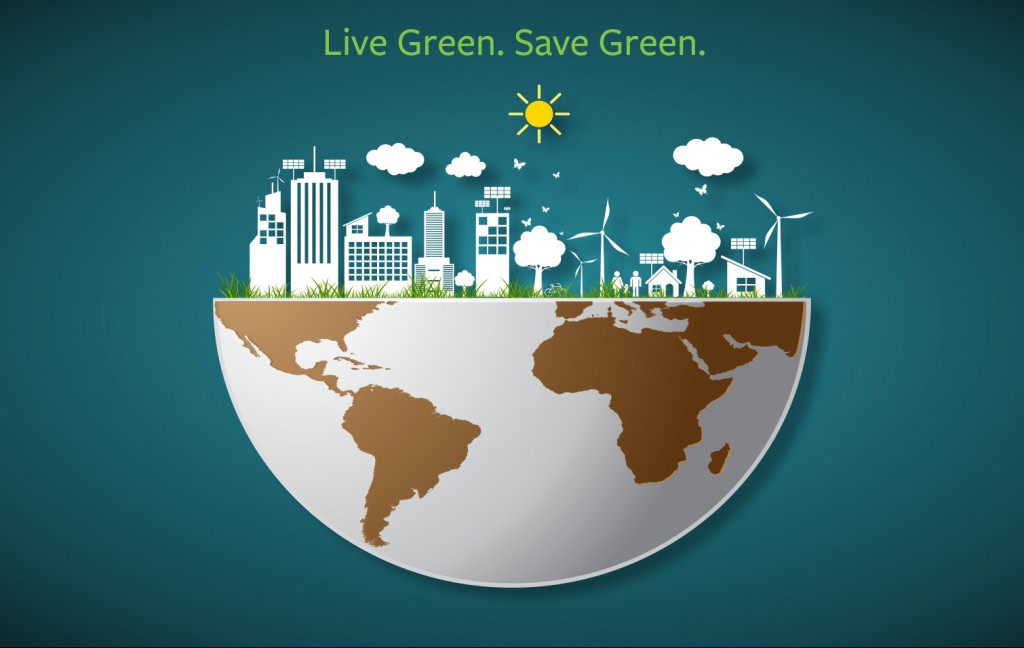Global warming is a growing threat that demands immediate attention. It refers to the rise in Earth’s average temperature caused by the greenhouse effect—a process where gases in the atmosphere trap heat, preventing it from escaping into space. This phenomenon stems from both natural and human activities and has severe consequences that could jeopardize humanity’s future.
The urgency of the situation calls for action from everyone, not just governments or NGOs. Addressing global warming starts with individuals adopting more sustainable lifestyles. We can collectively drive significant change by making small yet impactful changes in our daily lives. Below are practical steps—some requiring minimal effort or cost—to combat global warming and promote sustainability.
1. Spread Awareness About Global Warming
The first step is to educate and engage others. Share your concerns and insights through social media, group discussions or conversations with friends and family. Highlight the dangers of global warming and emphasize the importance of reducing fossil fuel consumption. Advocate for clean energy sources such as solar and wind power, which are effective alternatives to non-renewable resources.
2. Power Your Home with Renewable Energy
Switching to renewable energy is one of the most impactful ways to combat global warming. Many utility companies now offer green energy options. Solar batteries, like those offered by companies such as Tata Green, can store naturally harnessed energy to power homes and streetlights efficiently. While there’s an upfront investment, the long-term savings and environmental benefits make it worthwhile.
3. Invest in Energy-efficient Appliances
Modern appliances are designed to consume less energy than their older counterparts. For instance, power-saving refrigerators, washing machines, ovens and dishwashers significantly reduce electricity consumption. Upgrading to such energy-efficient models is a small step that contributes to substantial reductions in greenhouse gas emissions.
4. Switch to LED Lighting
Replacing traditional incandescent bulbs with LED lights can cut energy usage by up to 80%. LEDs last longer, are more efficient, and save money over time. They’re also compatible with inverter systems, making them a practical choice for homes and businesses.
5. Choose Fuel-efficient Vehicles
Fuel-efficient vehicles, including hybrids and fully electric cars, can drastically reduce carbon emissions. If you’re considering purchasing a new vehicle, prioritize fuel economy. For everyday travel, explore carpooling, biking, or public transportation as eco-friendly alternatives to driving alone.
6. Maintain Your Vehicle
Regular vehicle maintenance not only prolongs the life of your car but also reduces its environmental impact. Properly inflated tires, regular oil changes and routine tune-ups ensure that your car runs efficiently, reducing harmful emissions. A well-maintained vehicle can achieve up to a 10% improvement in fuel efficiency.
7. Adopt Sustainable Eating Habits
The food industry uses vast amounts of energy to grow, process, package, and transport food. Alarmingly, about 35% of this food ends up as waste. Be mindful of your portions, consume what you take and repurpose leftovers when possible. These small changes can reduce waste and lower your carbon footprint.
8. Plant More Trees
Deforestation is one of the largest contributors to global warming. Trees absorb carbon dioxide and release oxygen, making them essential for combating climate change. Planting trees in your backyard or participating in reforestation projects are simple yet impactful ways to support the environment.
9. Embrace the 3Rs: Reduce, Reuse, Recycle
Garbage contributes to global warming both directly and indirectly. Manufacturing goods from raw materials requires immense energy while decomposing waste releases greenhouse gases like methane. Recycling materials significantly reduces the energy needed for production and minimizes waste in landfills.
10. Conserve Water
Water conservation isn’t just about reducing waste; it’s also about saving energy. Treating and distributing water consumes substantial energy and produces greenhouse gases. Simple actions like fixing leaks, using water-efficient fixtures and turning off taps when not in use can make a big difference.
The Path Forward
Global warming is a shared challenge, but its solutions begin with individuals. By using resources wisely and adopting sustainable practices, we can reduce our environmental impact while saving money. The goal is clear: we need collective action to secure a liveable planet for future generations.
Change starts with us. Let’s act now














